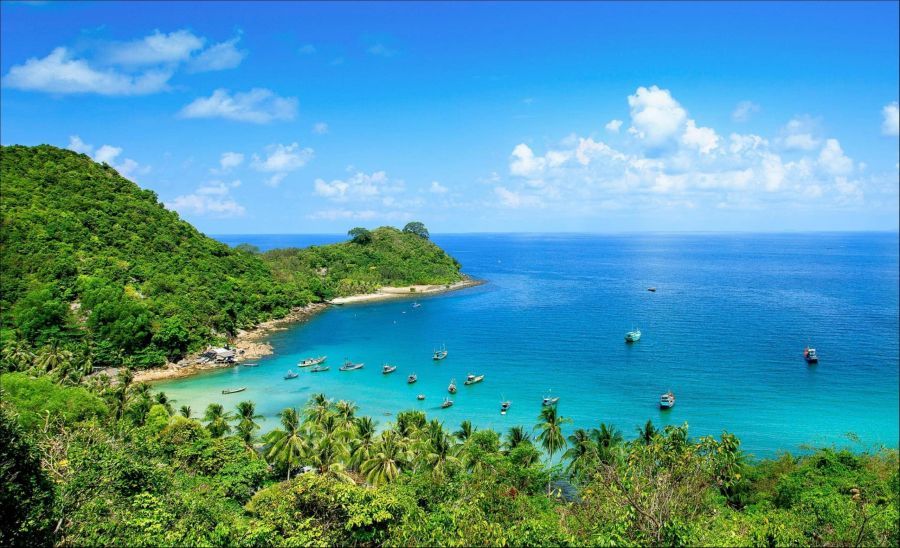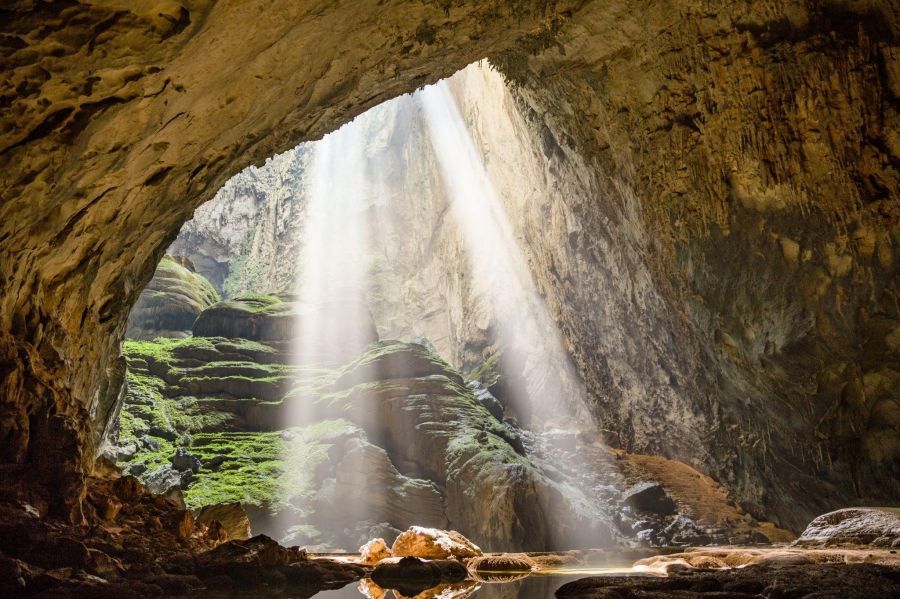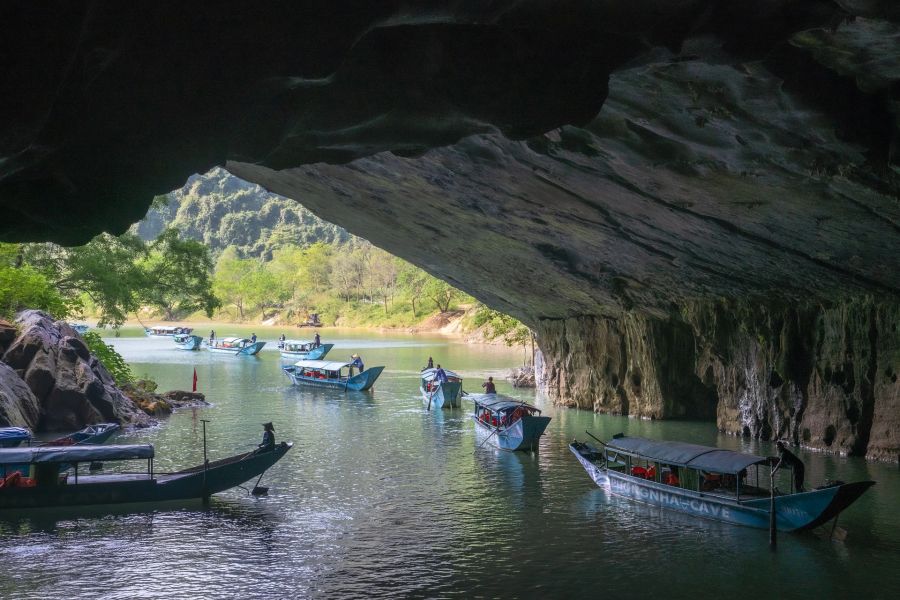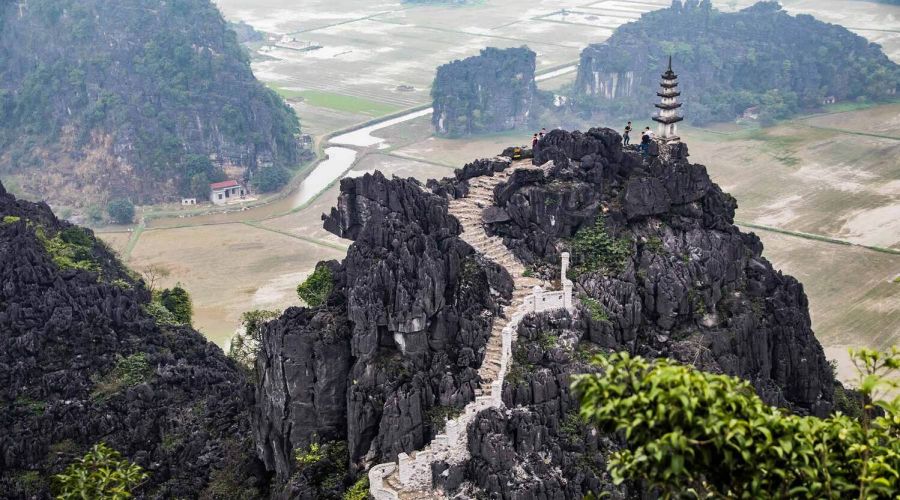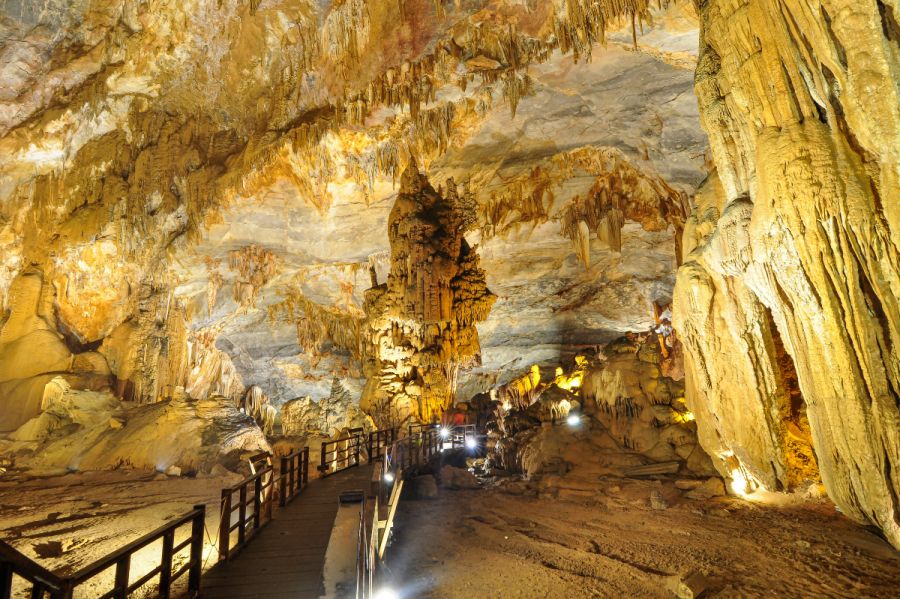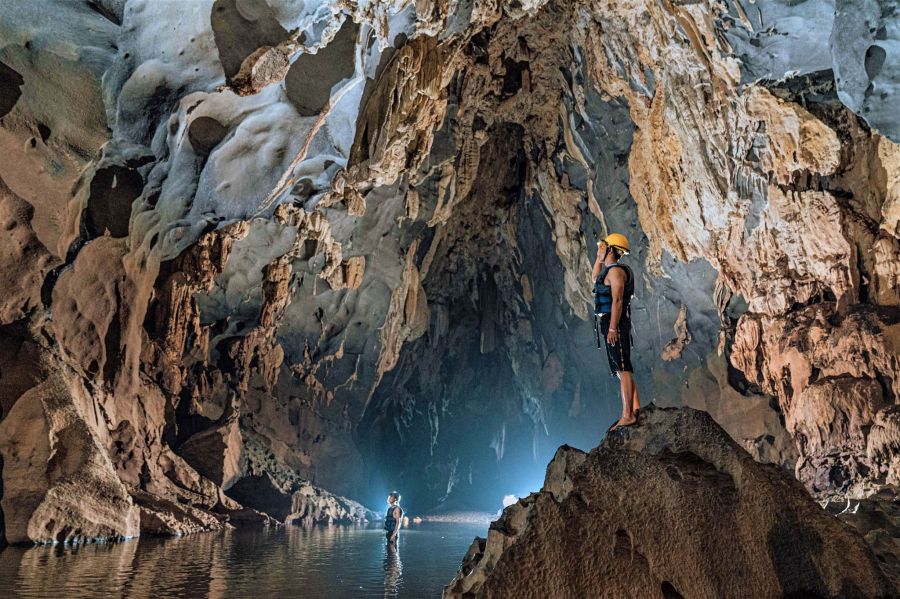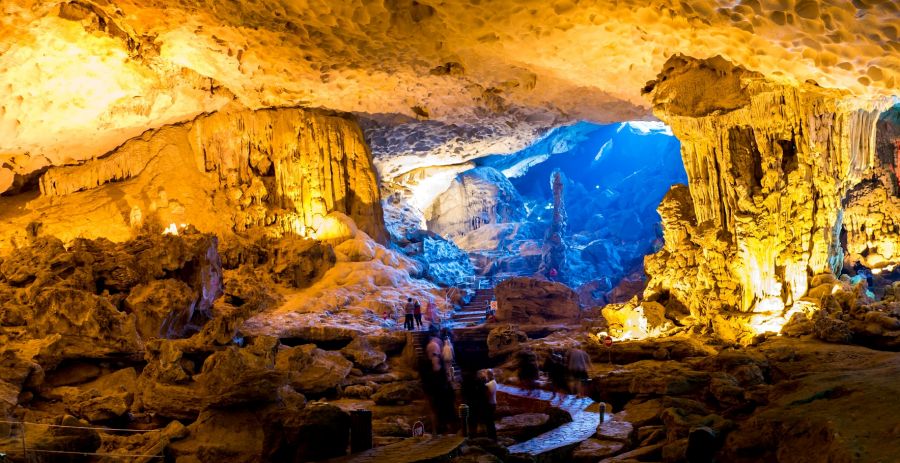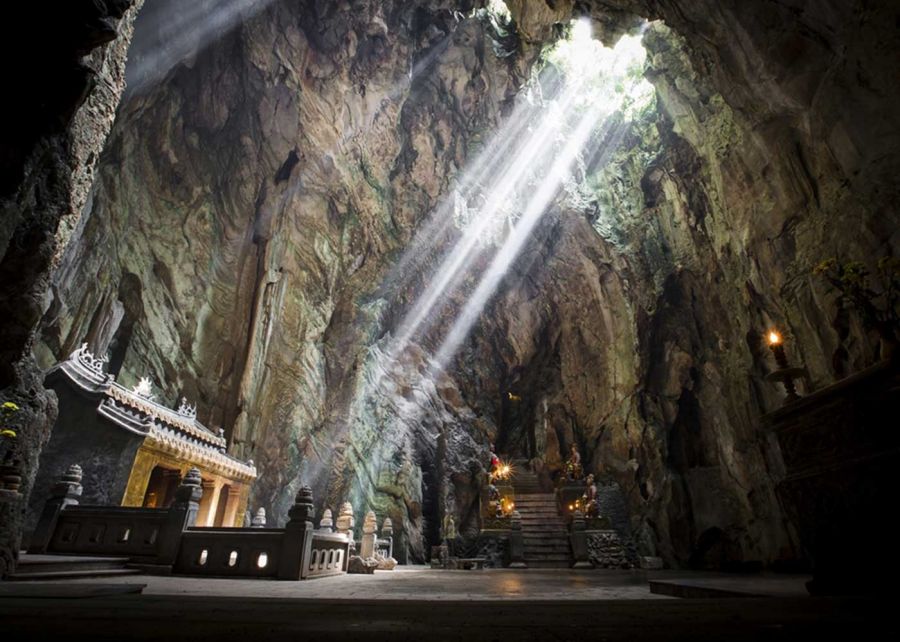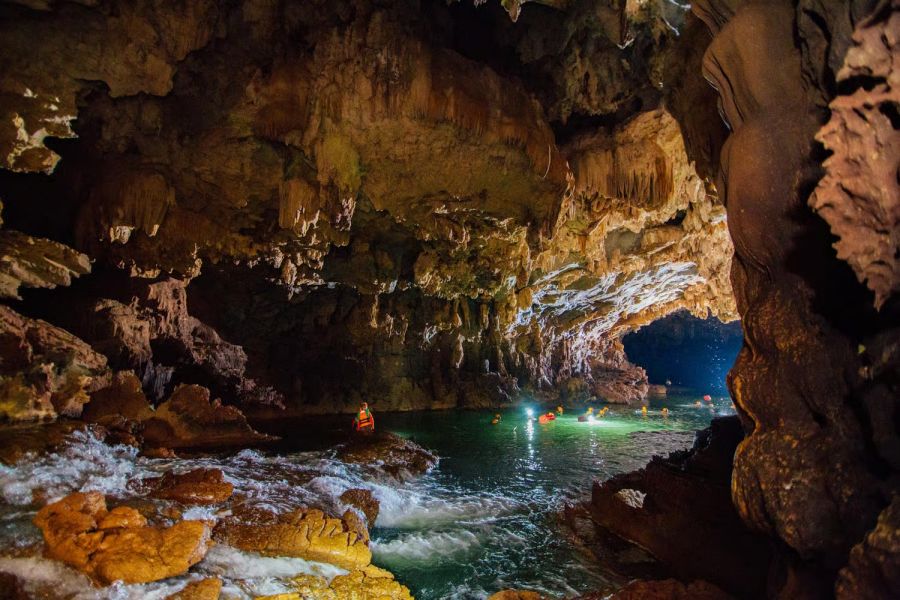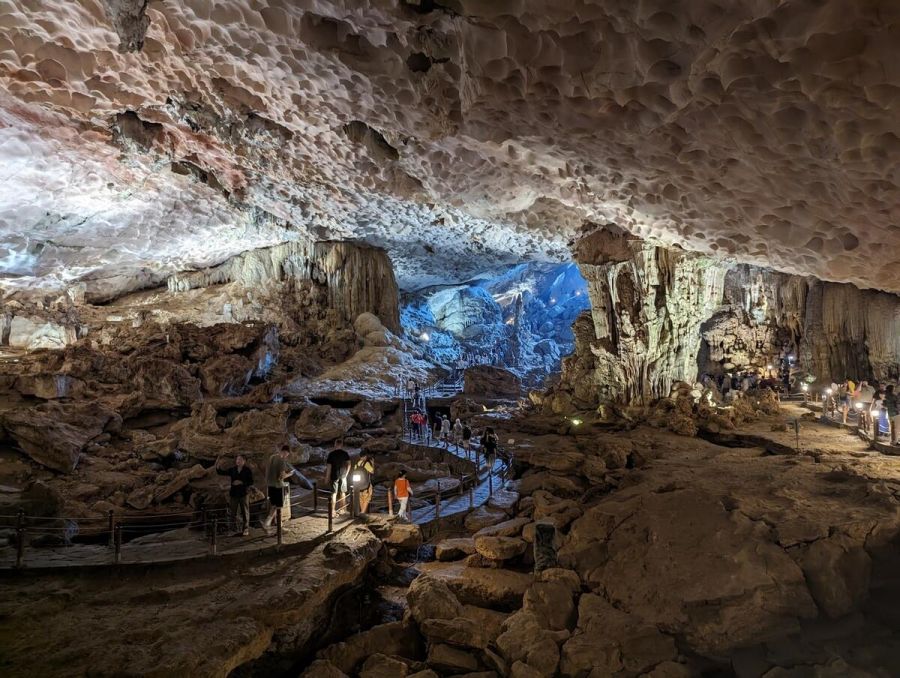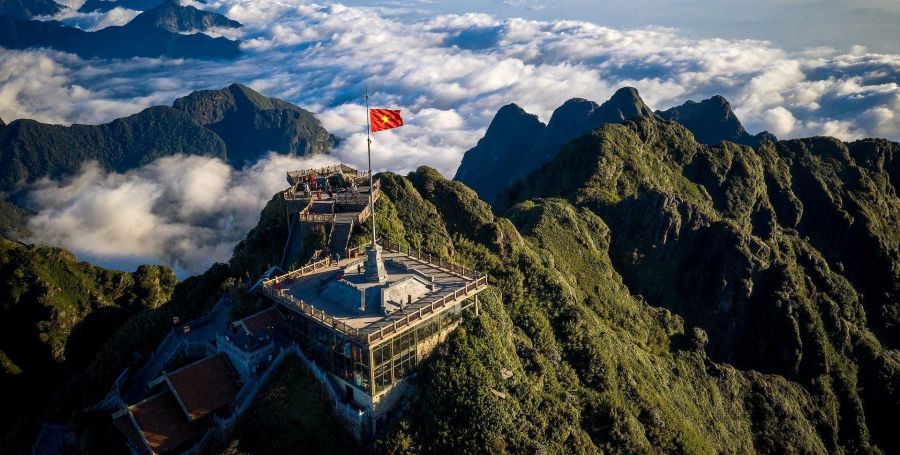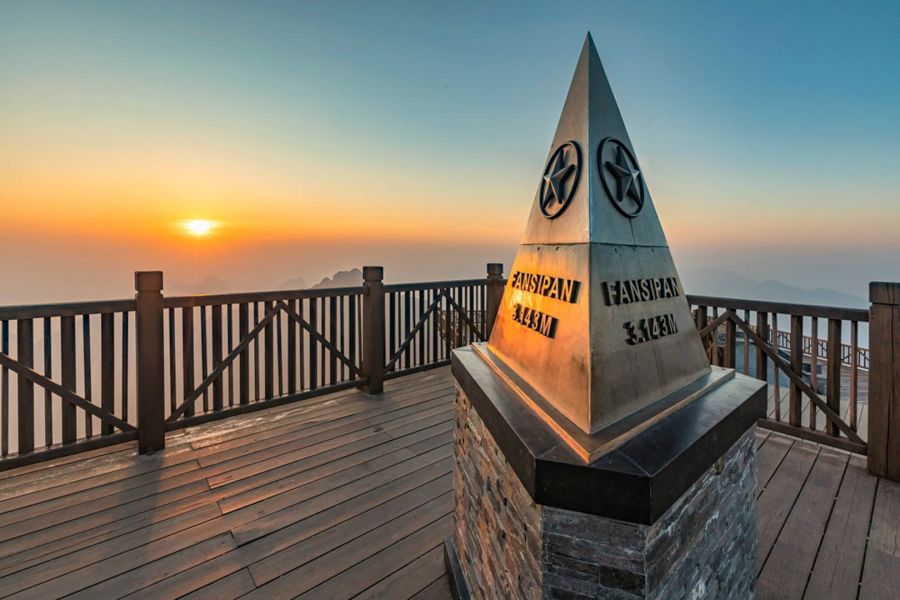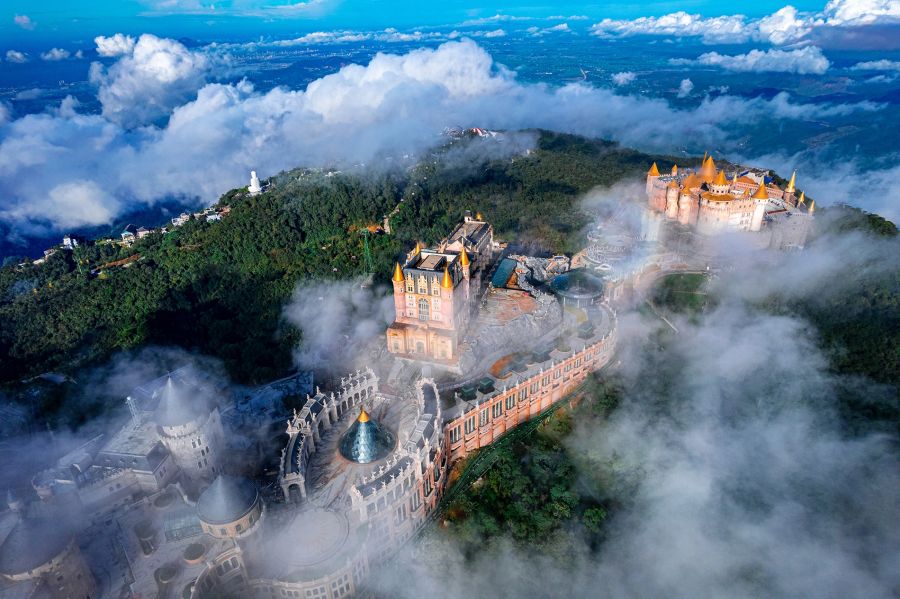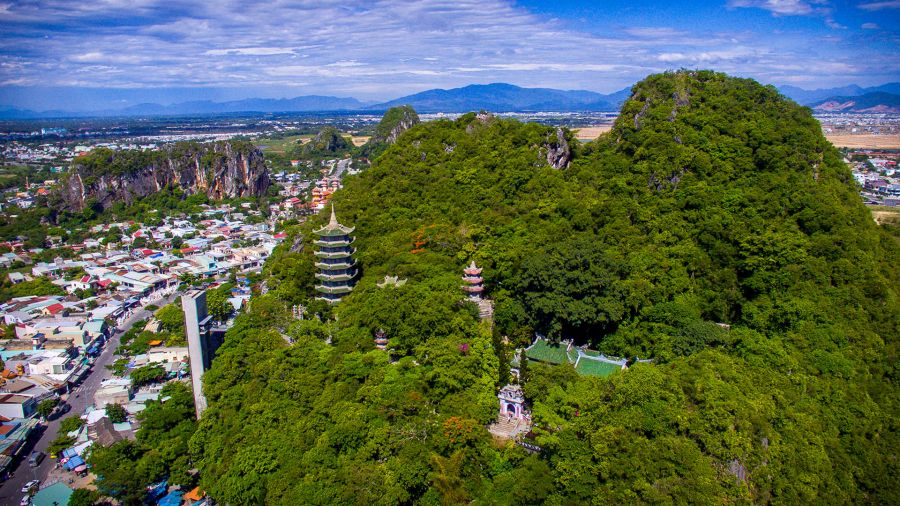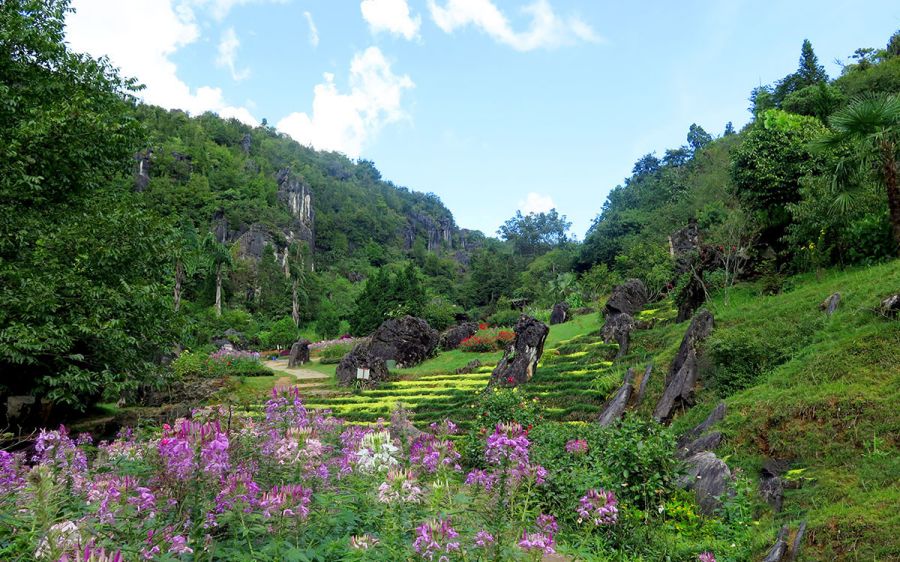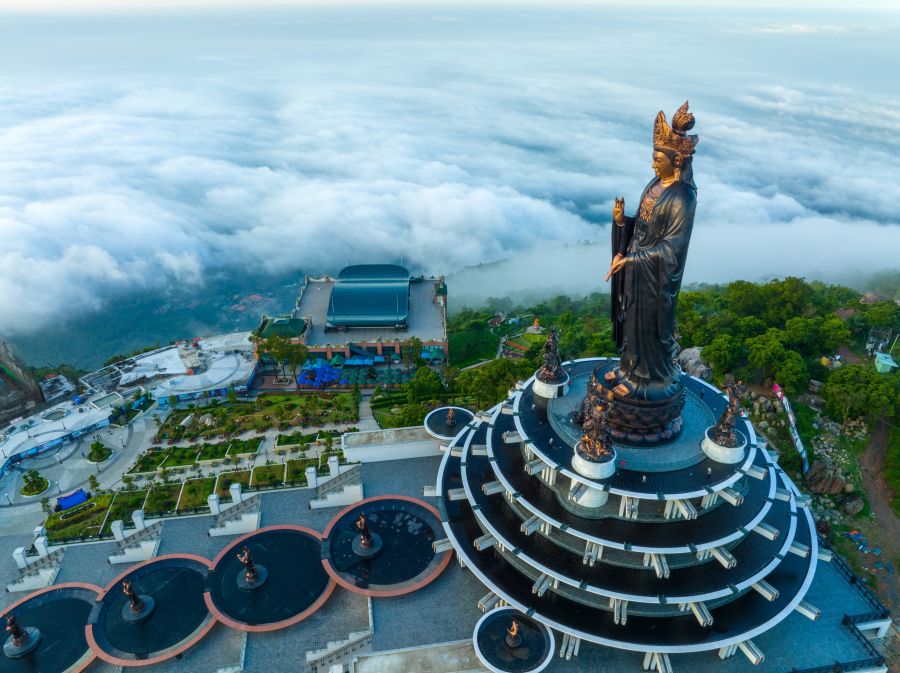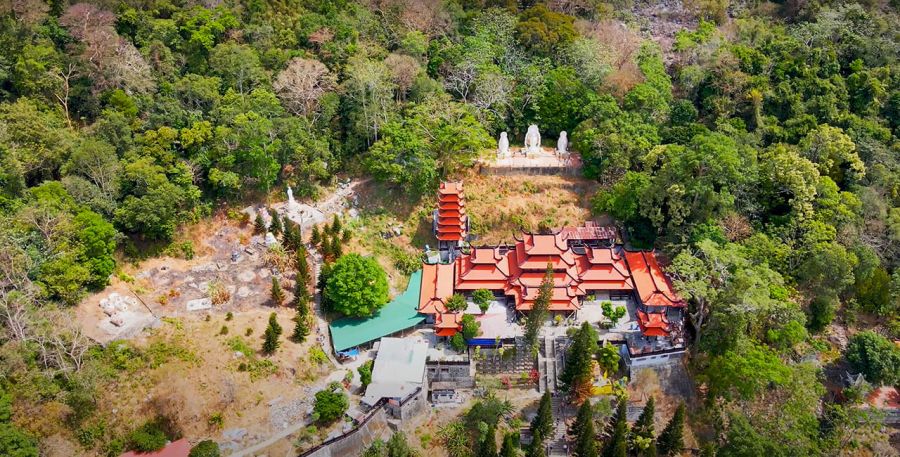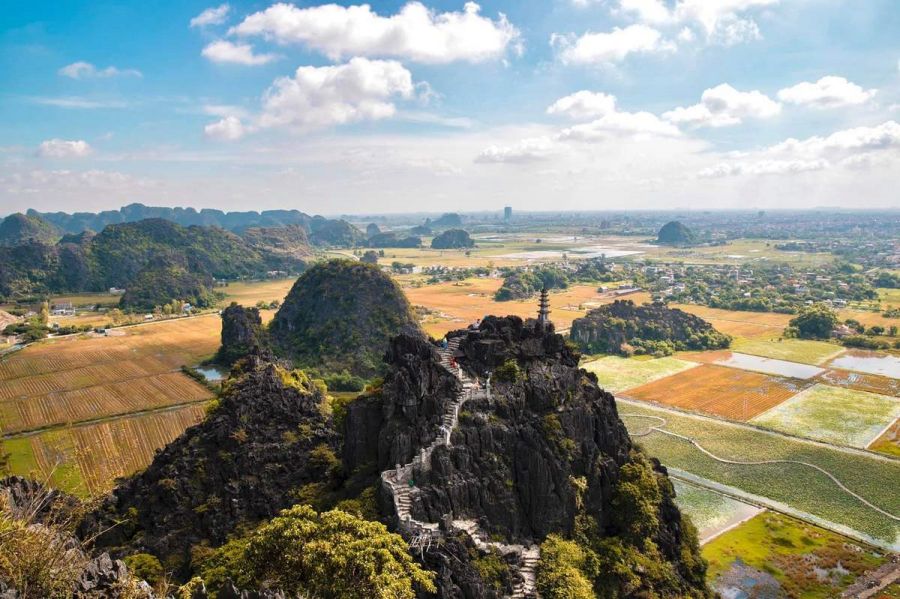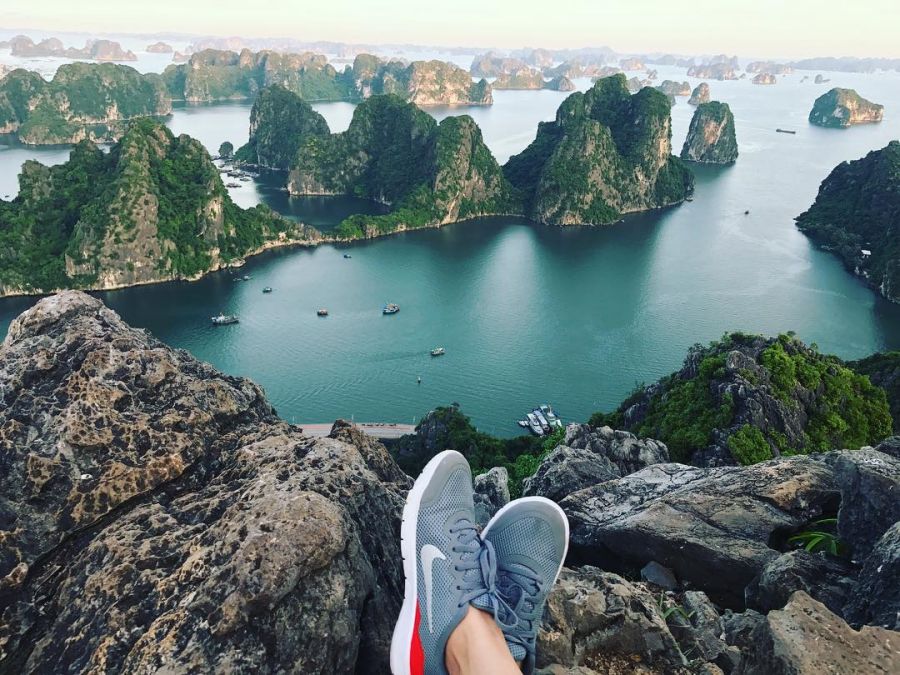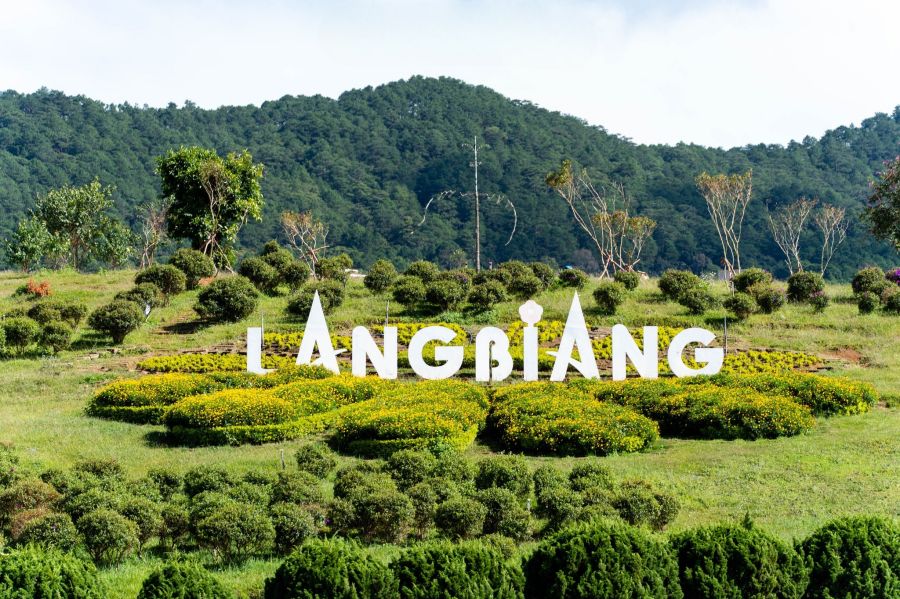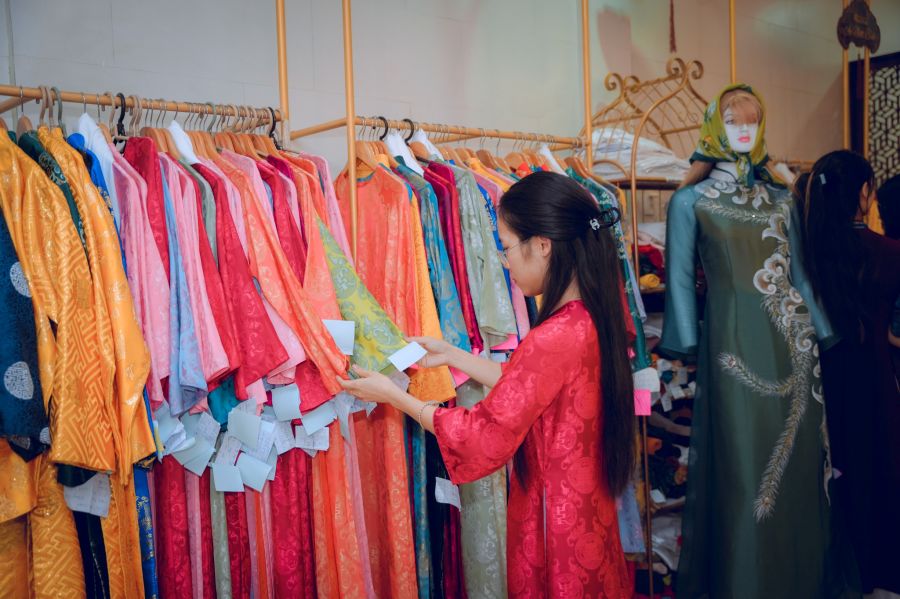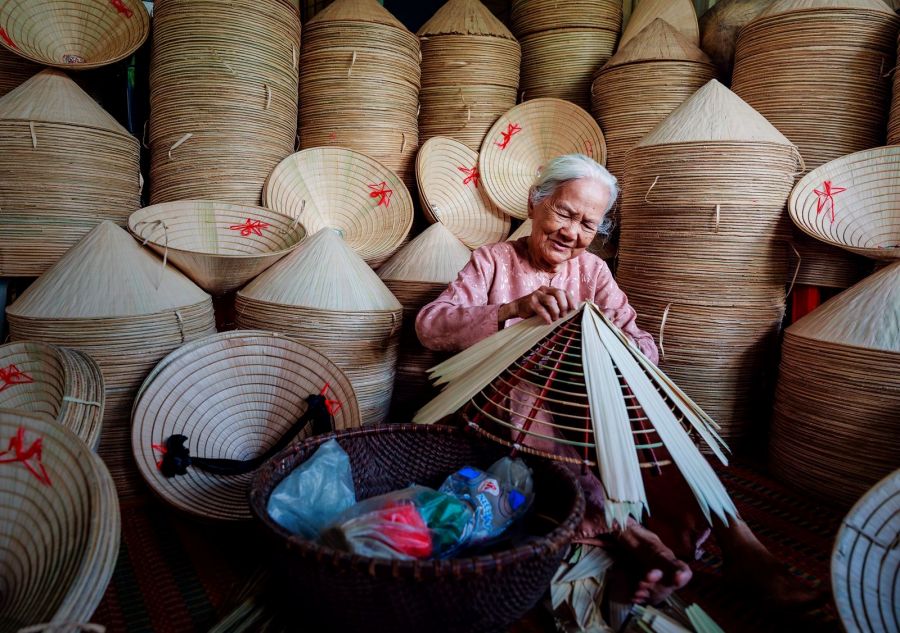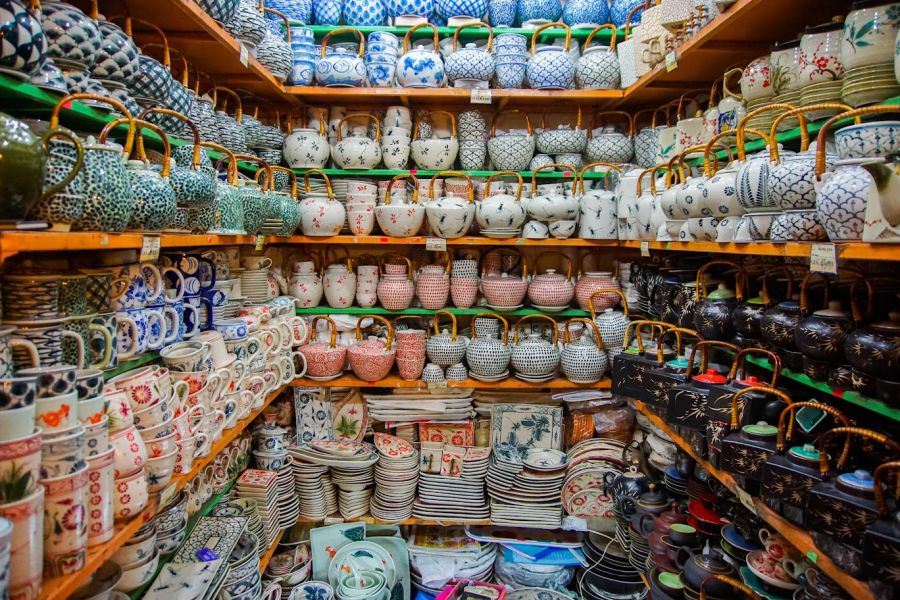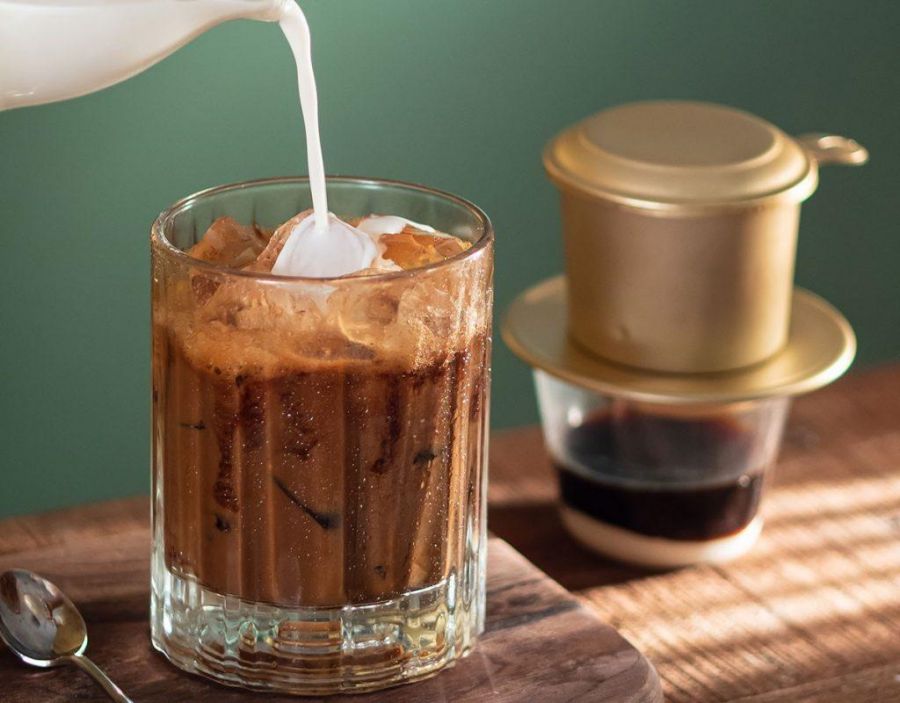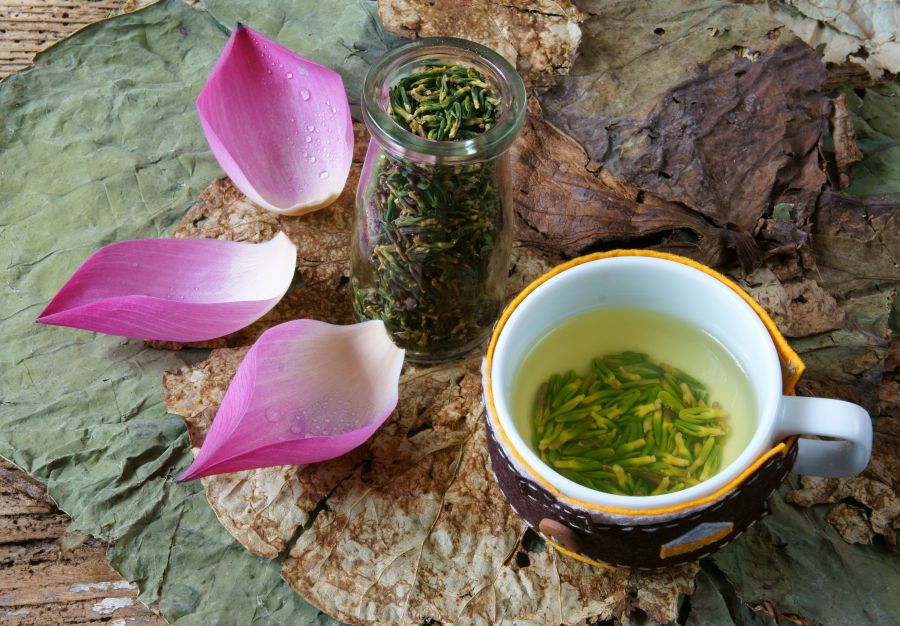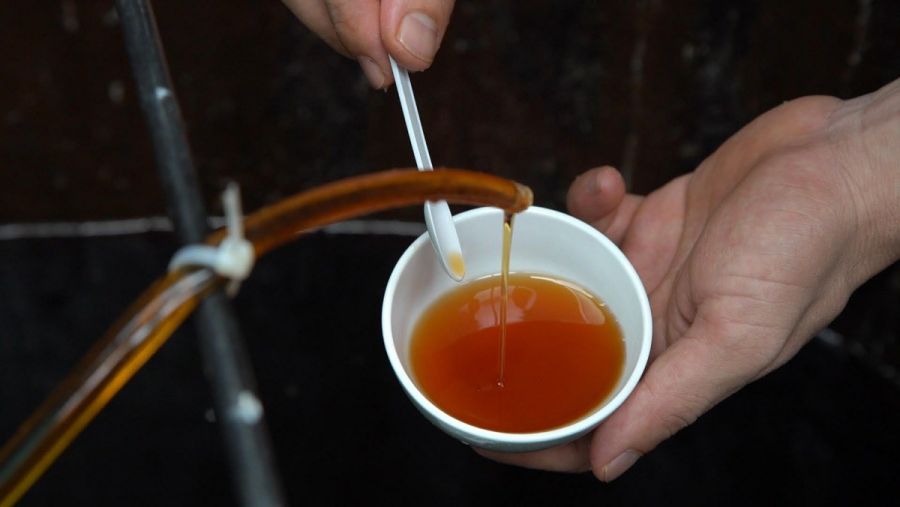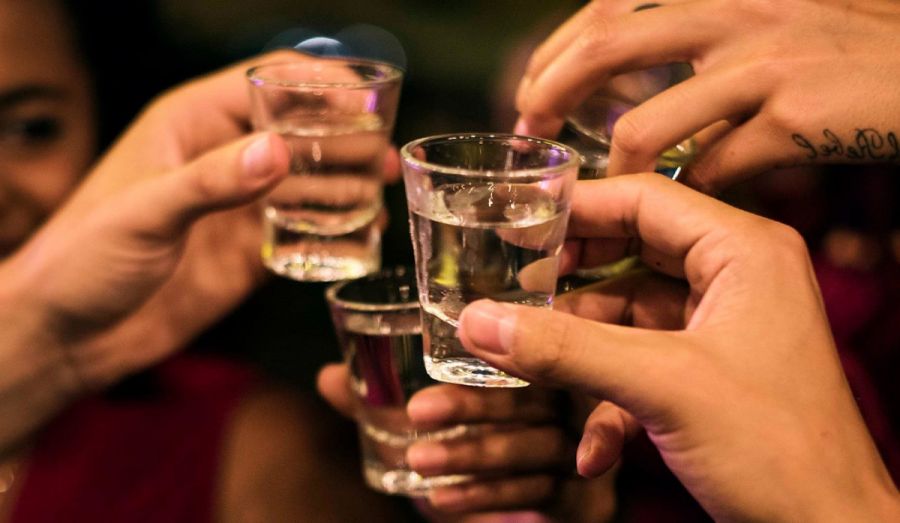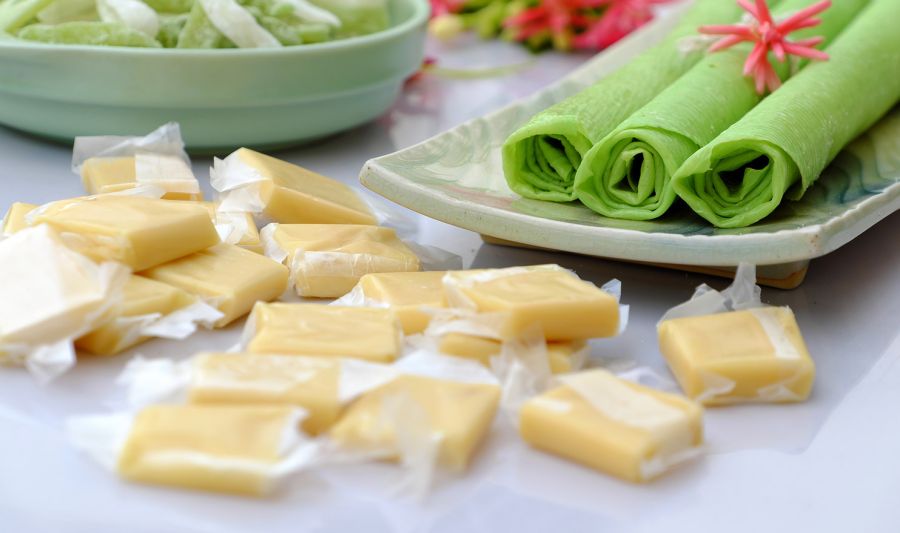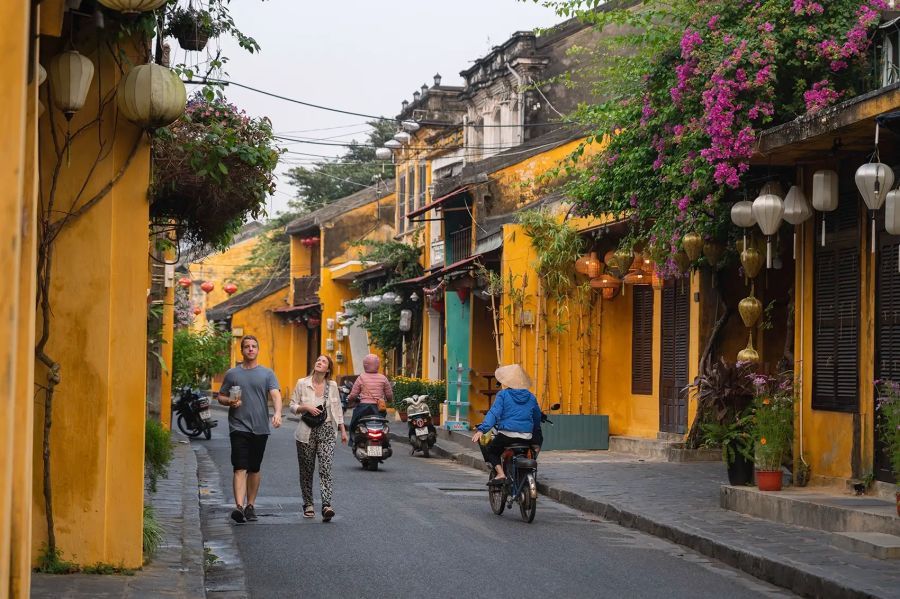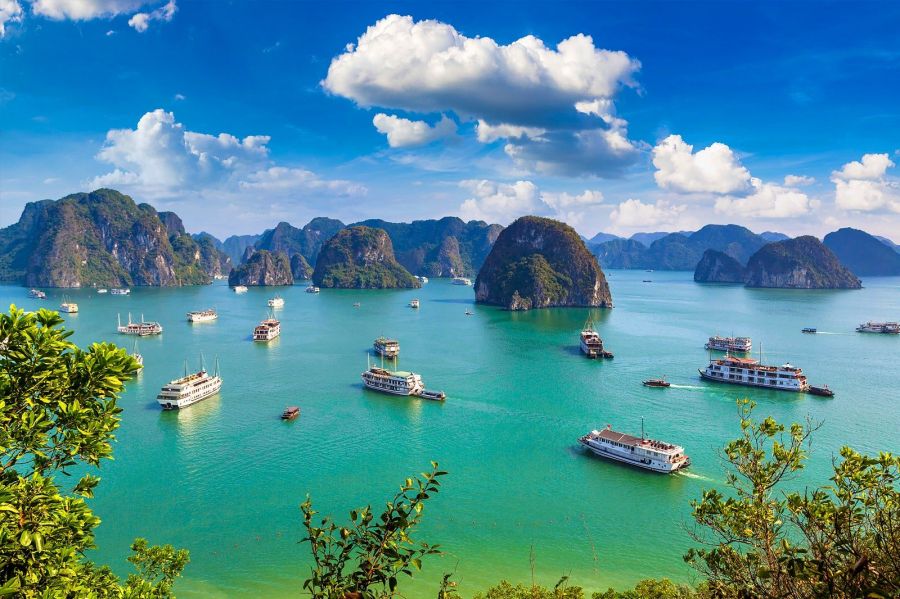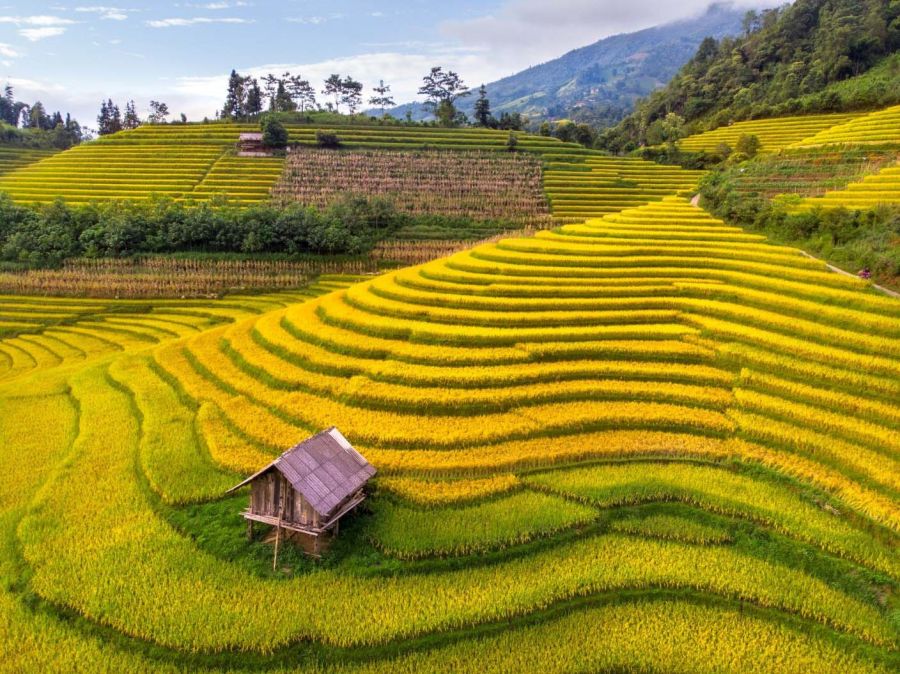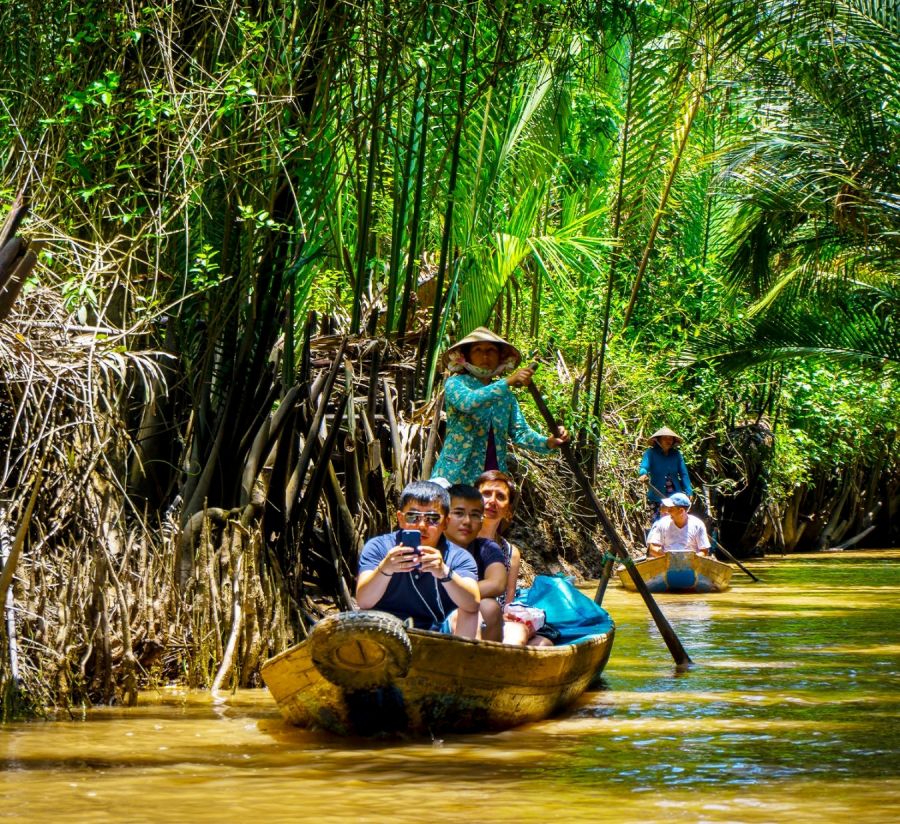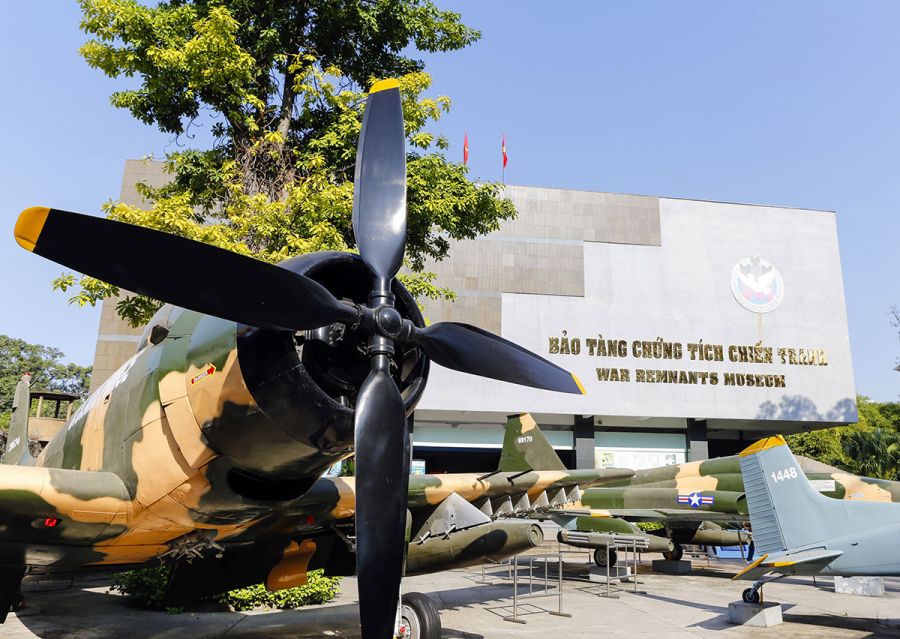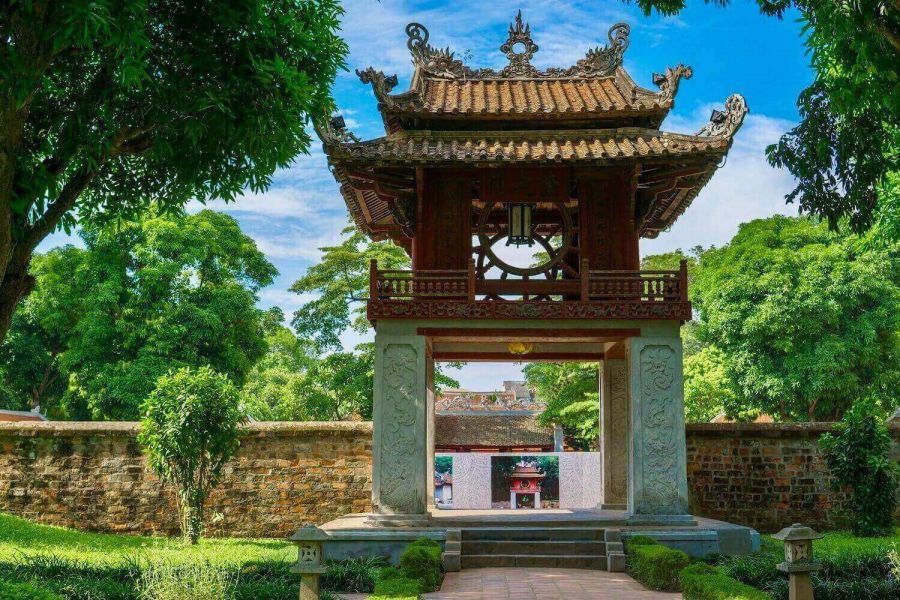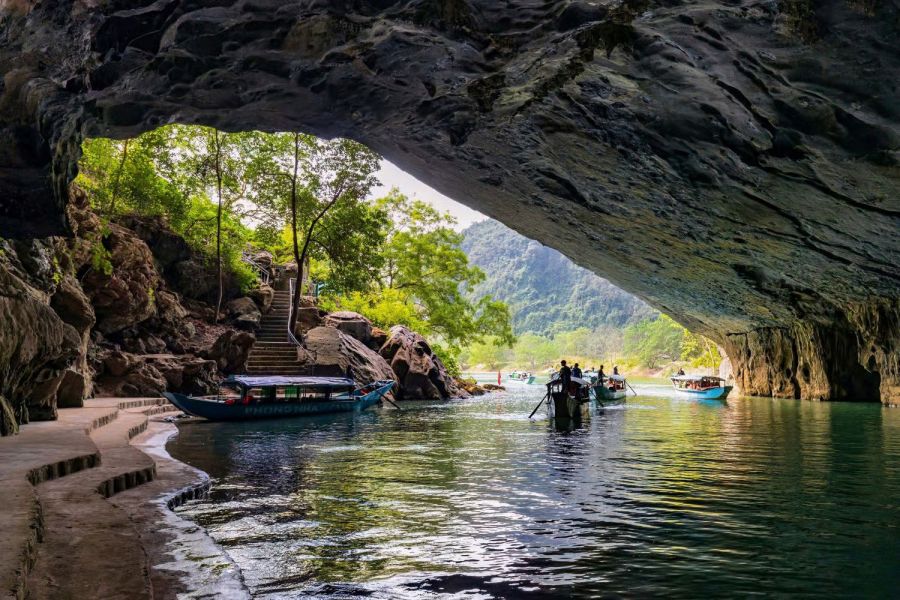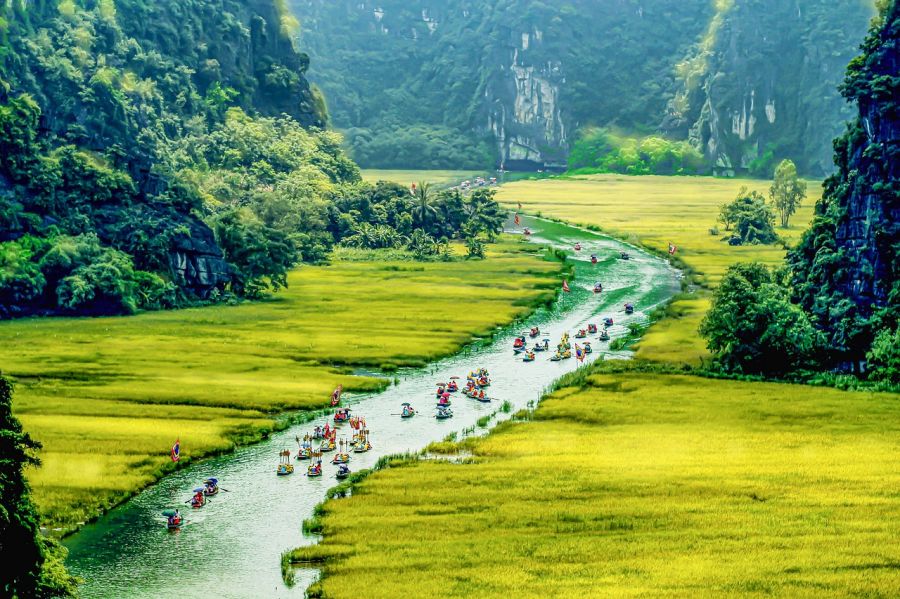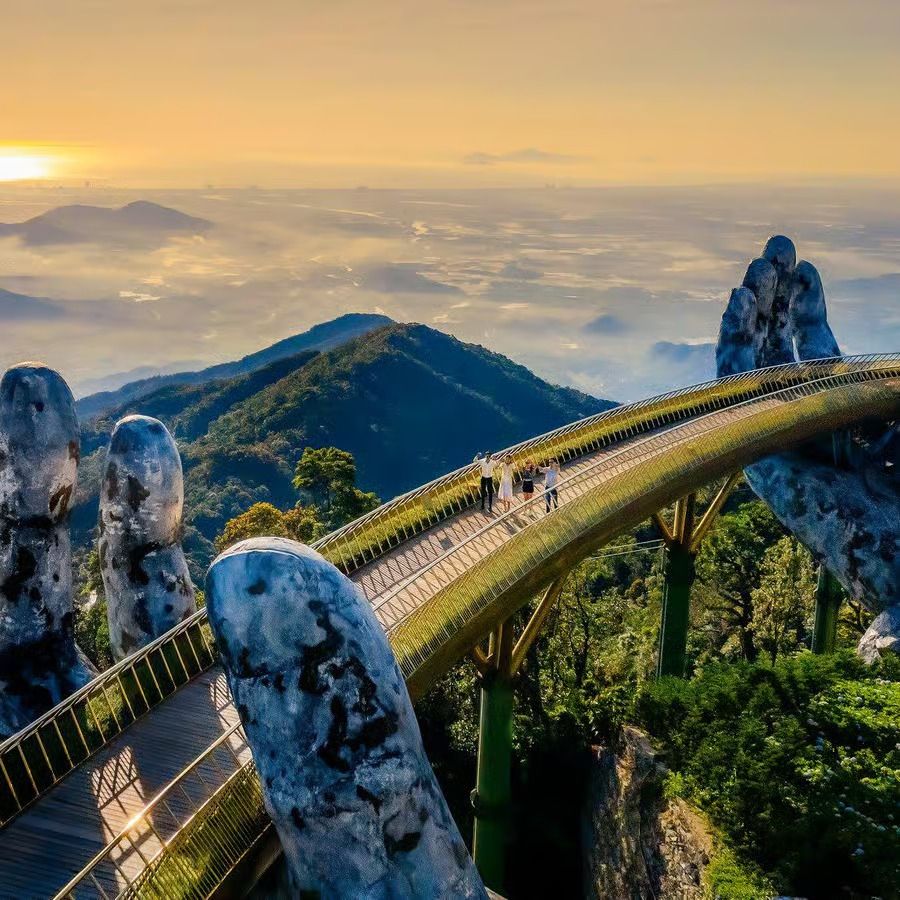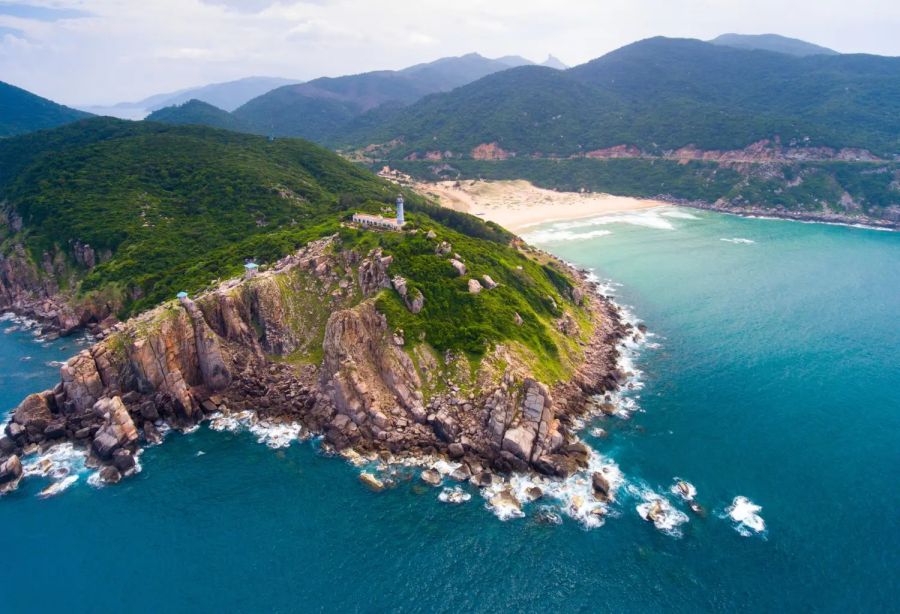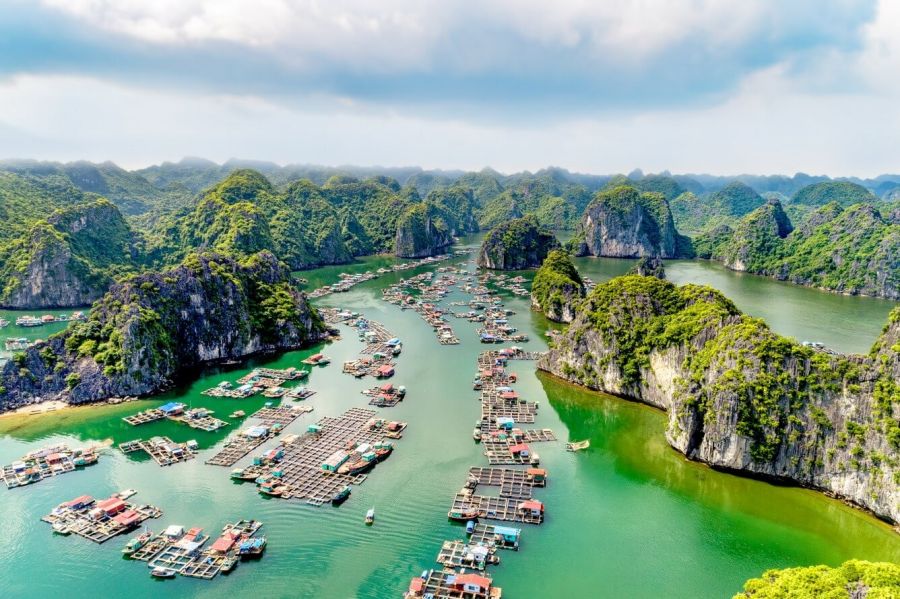Top 13 Most Stunning Islands In Vietnam For Your Trip
Vietnam boasts a wide array of islands along its coastline, showcasing everything from untouched beaches and thriving marine ecosystems to deep cultural roots and notable historical importance. This guide dives into 13 islands in Vietnam that you shouldn’t miss.
Phu Quoc Island – The Pearl of the South
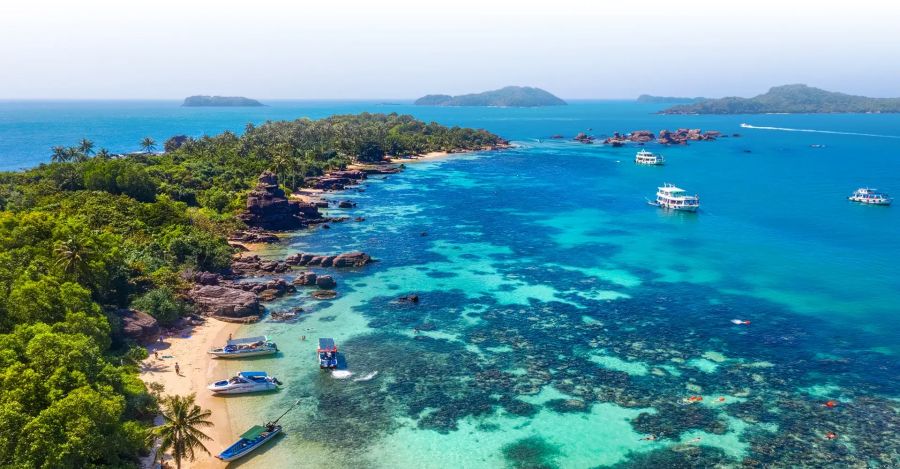
- Location: Kien Giang Province, Gulf of Thailand
- Best time to visit: November to April.
Phu Quoc is one of the most stunning islands in Vietnam. Resting in the emerald waters of the Gulf of Thailand, this untouched paradise awaits with white sandy beaches, tropical jungle, and oceans of crystal blue. Phu Quoc owns an array of beautiful beaches, such as the powdery white sands and turquoise waters of Bai Sao (Sao Beach) or the coastline-hugging Bai Truong (Long Beach) on the west coast, known for hypnotic sunsets.
Away from the beach, there are plenty of thrilling activities available, from diving to see coral reefs, to jet skiing, windsurfing, kayaking, or simply lounging by the pool or having a pampering spa treatment. It also has a rich tradition to boast of. Phu Quoc fish sauce and black pepper are considered some of the best specialities in Vietnam. Besides, don’t miss the cultural landmarks such as Dinh Cau Rock (Cau Temple), where local fishermen pray for safe voyages.
Cat Ba Island
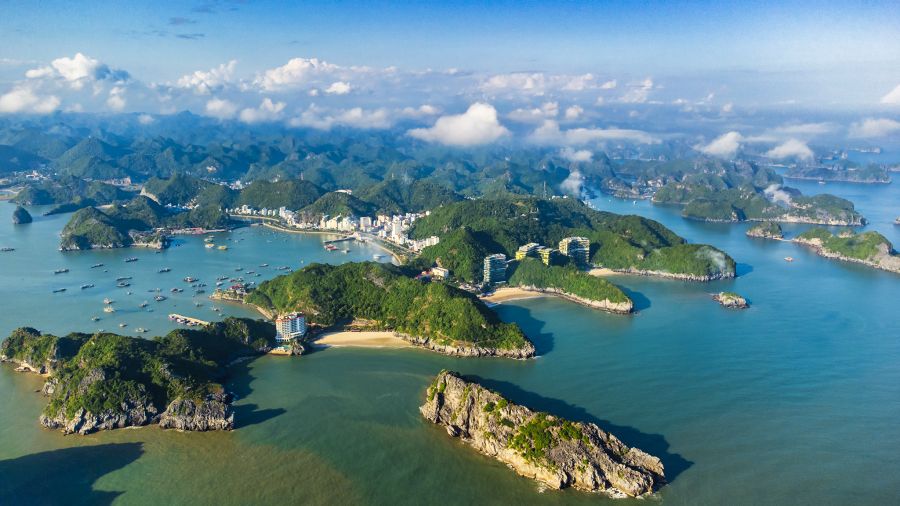
- Location: Halong Bay, Quang Ninh Province
- Best time to visit: April to October
Cat Ba is a UNESCO World Heritage site. With long white dune stretches and rows of green trees, Cat Ba Island has long been the place of mesmerizing natural scenery.
The island hosts Cat Ba National Park, which is characterized by lots of tropical ecosystems and wildlife, including the endangered Cat Ba langur. More adventurous travelers may tackle limestone cliffs, kayak in secret lagoons, or trek to Ngu Lam Peak for sweeping views of the bay.
Cat Ba Town brings Vietnamese island vibes with floating fishing villages, fresh seafood restaurants, and local markets. The island has beaches such as Cat Co 1, 2, and 3, where visitors can enjoy moments of relaxation after discovering the caves of the bay.
Cham Island
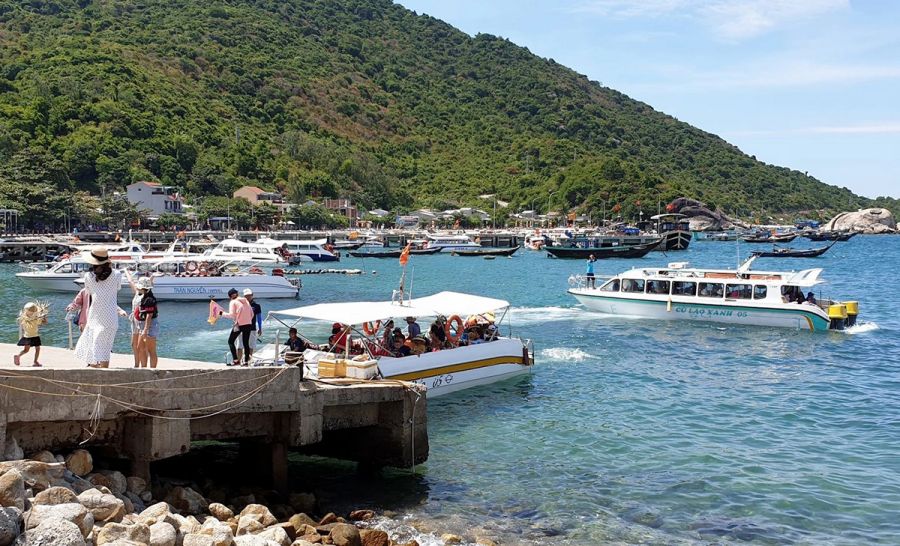
- Location: Hoi An, Quang Nam Province
- Best time to visit: March to September
Cham Island, known as Cu Lao Cham in Vietnamese, is made up of eight small islands identified as a UNESCO Biosphere Reserve. These islands are only 20 km away from Hoi An Town, so travelers can easily reach them.
The island’s primary region has stunning beaches such as Chong and Bai Huong, where tourists can bathe in clear sea waters and snorkel or dive amongst dazzling coral reefs. The islands’ sea reserve area is home to over 165 species of corals and a multitude of tropical fish.
Tourists can visit customary villages, enjoy local delicacies like garlic from Cham Island, seaweed noodles, and get to know the captivating ocean history of the island.
Con Dao Island
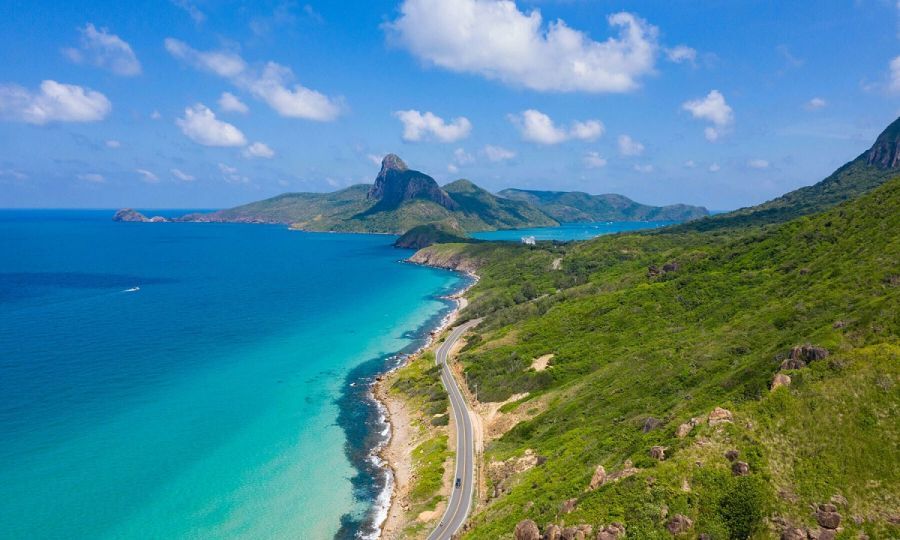
- Location: Ba Ria-Vung Tau Province
- Best time to visit: November to March
Among the islands in Vietnam, Con Dao Island is considered the most emotionally stirring destination, experiencing a unique blend of historical significance and breathtaking scenic beauty. The centerpiece of this 16-island archipelago is a former prison complex that served as a punitive penitentiary during the French colonial era and the Vietnam War.
Moreover, Con Dao is home to some of the best beaches in Vietnam. Among them is Dam Trau Beach, the best swimming destination known for its tranquility and soft sands. While Lo Voi provides serenity along with shimmering waters, Nhat Beach offers stunning, clear waters as well as dramatic rocky structures.
Ly Son Island
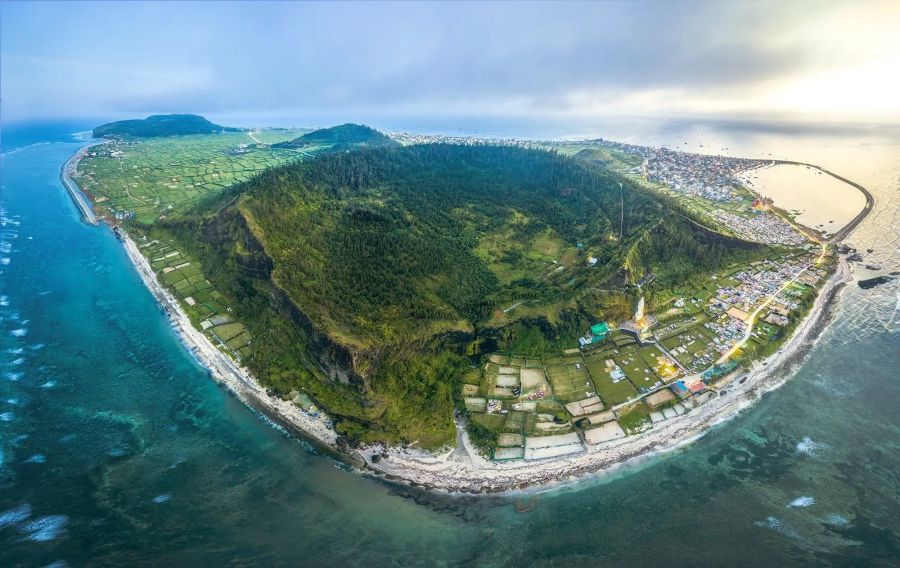
- Location: Quang Ngai Province
- Best time to visit: March to September
Resulting from old volcanoes, Ly Son Island has a strange and wonderful beauty that is unbeatable in Vietnam. This island owns beautiful black sand beaches, stunning volcanic craters, such as Thoi Loi or Gieng Tien, and unique archaeological relics, reflecting the island’s diverse geological and cultural past.
Tourists also come to see old pagodas like Duc Pagoda (Chua Duc); it provides wide views of the island and Hang Pagoda (Chua Hang), located in a cave on a cliff of the volcano. The old fishing villages of An Hai and An Vinh are pretty and authentically Vietnamese in appearance, and demonstrate the daily life of fishermen.
Also, Ly Son is well known in the country for its special kind of garlic, known as “white gold”. Ly Son garlic has a characteristic taste and medicinal properties, grown on rich volcanic soil that gives the garlic its unique taste and quality.
Hon Tre Island
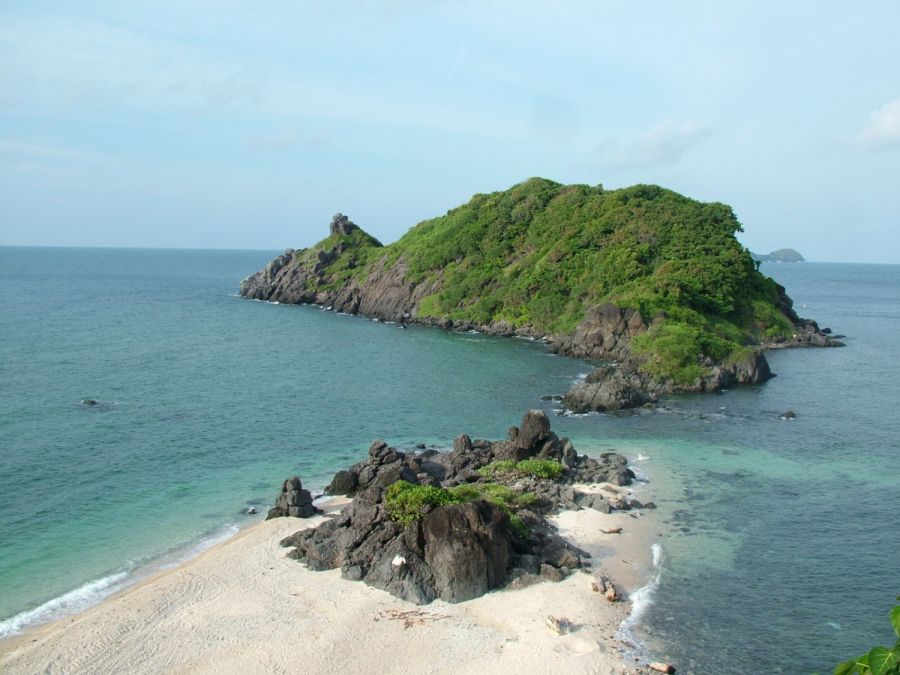
- Location: Nha Trang Bay, Khanh Hoa Province
- Best time to visit: January to August
A trip to Hon Tre Island takes the spotlight as Nha Trang’s most popular island excursion. The island is famous for being connected to the mainland by the Vinpearl Cable Car, the longest cable car in Southeast Asia and the longest cable car over water in the world.
Hon Tre Island is home to spectacular beaches for swimming and sunbathing, complemented by a stunning view, unlike any seen before, with golden sand beaches, turquoise waters, and endless opportunities for water sports.
Hon Tre island is also the ideal spot for adventurous activities: keen jet skiers can tackle the open water, and daredevil boat passengers have the option of diving or snorkeling through the vibrant coral reefs. In addition to modern conveniences with world-class service in one of the island’s luxury resorts, breathtaking views of Nha Trang Bay can also be witnessed through cable car rides.
Hon Mun Island
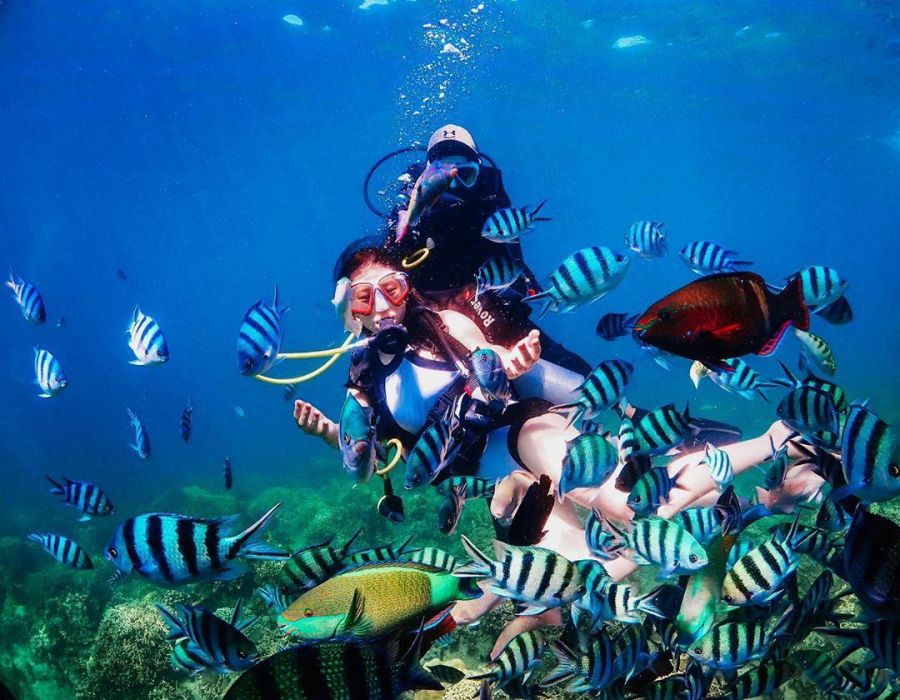
- Location: Nha Trang Bay, Khanh Hoa Province
- Best time to visit: February to September
Hon Mun Island is celebrated as the go-to spot for diving and snorkeling. Located in the stunning Nha Trang Bay, this little island boasts some of the most breathtaking coral reefs and rich marine life you’ll find in all of Southeast Asia.
The popular diving sites around Hon Mun include Madonna Rock, Mushroom Reef, and Coral Garden. When being beneath the waves, you’ll discover an underwater kingdom teeming with over 350 types of coral and countless tropical fish, creating a vibrant painting.
When you join a day trip to Hon Mun, you can still expect a well-rounded adventure that includes all the snorkeling gear you’ll need, boat rides across the sparkling sea, and delicious seafood lunches served on floating restaurants.
Phu Quy Island

- Location: Binh Thuan Province
- Best time to visit: March to September
Phu Quy Island gives people a chance to experience real Vietnamese island life without crowds of tourists. This island sits far from the mainland and has kept its natural beauty. You’ll find dramatic coasts, old fishing villages, and stunning scenery that hasn’t changed much over time.
As you explore, you’ll find rugged cliffs and unique rock formations that have been shaped by elements for centuries. In particular, at Ganh Hang Beach, you can admire unique rock sculptures shaped by wind and waves for hundreds of years. Trieu Duong Bay has calm waters that are great for swimming and kayaking.
Don’t pass up the opportunity to see the island’s most religious landmarks, Linh Son Pagoda and Cao Cat Pagoda. The ancient temples are not only an ideal place to meditate but also display traditional Vietnamese architecture and religious history.
Hon Tam Island
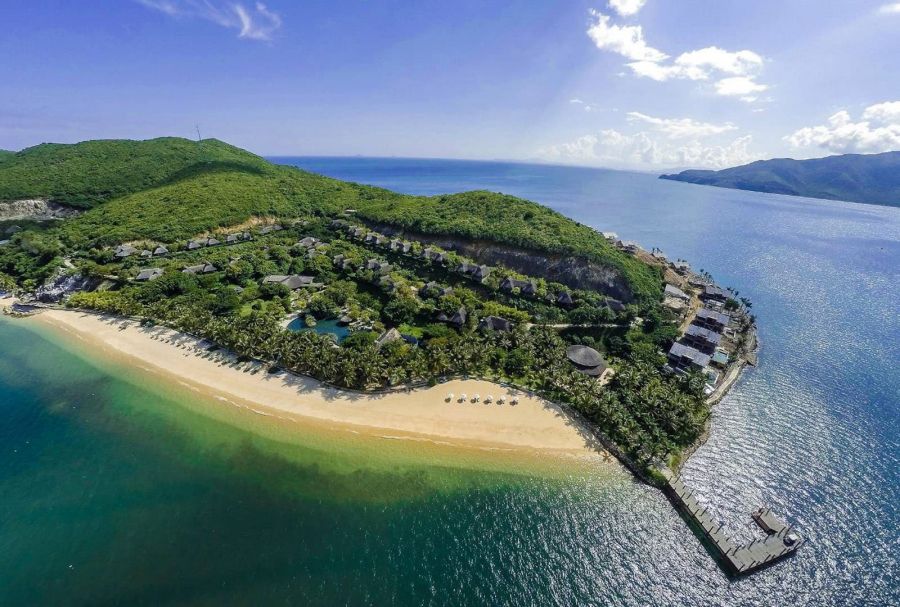
- Location: Nha Trang Bay, Khanh Hoa Province
- Best time to visit: March to September
If you’re looking for a Vietnam island that is away from the hustle and bustle of Nha Trang, Hon Tam Island is the perfect getaway. It boasts unspoiled beaches, high-end resort amenities, and great options for water sports.
The main beach on the island has soft white sand and crystal-clear blue water. It comes equipped with comfy beach amenities, including places to eat, drink, and rent gear for water sports. Tourists can try jet skiing, parasailing, banana boat rides, and other fun water activities in the protected bay.
Hon Tam’s spa centers and beachfront eateries let guests unwind and enjoy tasty meals. The island’s lush gardens and walking trails offer a peaceful way to explore. People staying in Nha Trang can visit the island using day passes.
Nam Du Island

- Location: Kien Giang Province, Gulf of Thailand
- Best time to visit: November to April
Nam Du Island is truly a hidden gem, the last untouched paradise in Vietnam. It’s made up of 21 tiny islands, each boasting stunning beaches, crystal-clear waters.
On the main island, you’ll find magnificent spots like Chuong Beach and Men Beach, which are perfect for swimming, snorkeling, or just wandering along the shore in peaceful solitude. And for those who crave a bit of adventure, the smaller islands around give fantastic opportunities for island hopping, fishing, and discovering secluded coves that can only be reached by boat.
Co To Island
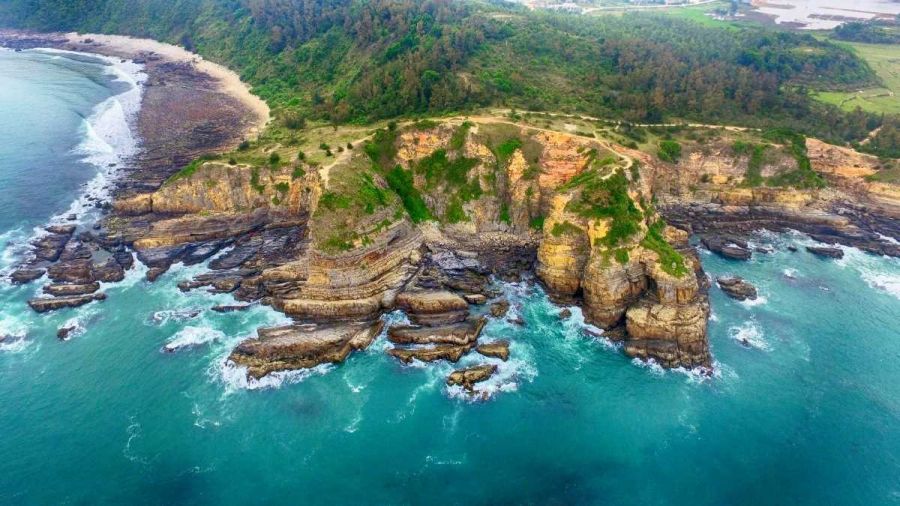
- Location: Bai Tu Long Bay, Quang Ninh Province
- Best time to visit: May to September
Another among the untouched islands in Vietnam is Co To, a gem in northern Vietnam. On the main island, Van Chay Beach invites you to kick back on its soft, white sands, where the vibrant emerald waters beckon for a swim. Then there’s Hong Van Beach, with its striking rocky cliffs and secret little coves that are perfect for swimming and snorkeling.
Co To has plenty of activities to explore. Hop on a local boat for some island-hopping thrills, explore hidden caves and grottoes, or even join the fishermen for a day out at sea. And you can’t miss the lighthouse; it not only has a rich history but also offers some of the best sunset views you’ll ever see.
For being more local, a historic Catholic church nestled among thick foliage, or a tribute built for President Ho Chi Minh, is available for those seeking a reminder of the deep historical and cultural ties on the island.
Binh Ba Island
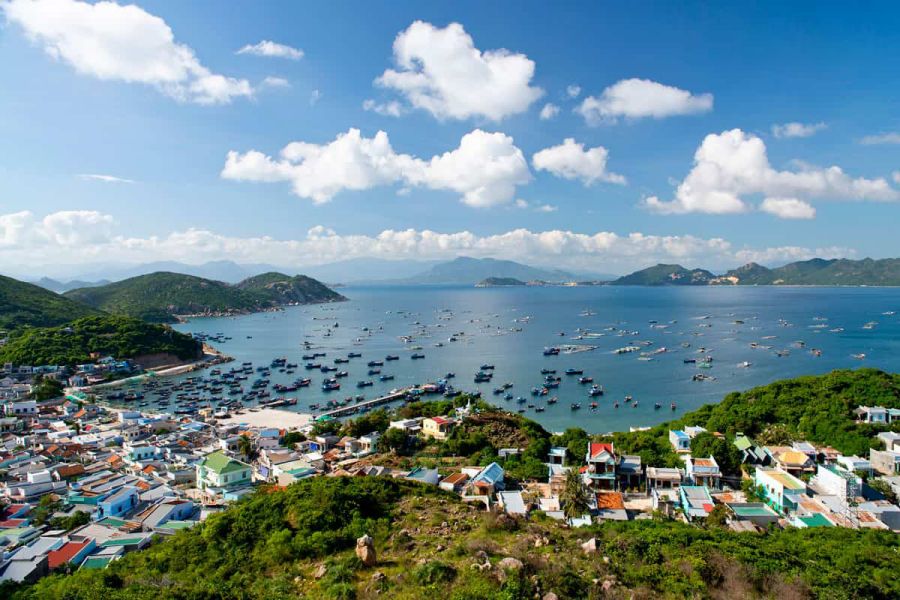
- Location: Cam Ranh Bay, Khanh Hoa Province
- Best time to visit: March to September
Binh Ba Island is lovingly called “Lobster Island”, a little slice of paradise that perfectly blends tropical beauty with Vietnam’s incredible seafood experience.
Although the golden sands and inviting waters are a huge draw, the mouthwatering lobster is the real highlight here. Local farms provide the freshest, top-notch lobster, which is prepared in traditional Vietnamese styles. Imagine enjoying fresh lobster while lounging at Bai Chuong Beach, where the soft white sand, calm waters, and stunning ocean views create a perfect backdrop for a meal.
If you’re seeking a little more tranquility, Nha Cu Beach may be just the spot for you. And do not forget Bai Nom Beach, where the striking black volcanic sand creates a stunning contrast against the turquoise waves. On Binh Ba Island, visitors can go kayaking through enchanting mangrove forests and snorkeling in pristine coral gardens.
Quan Lan Island
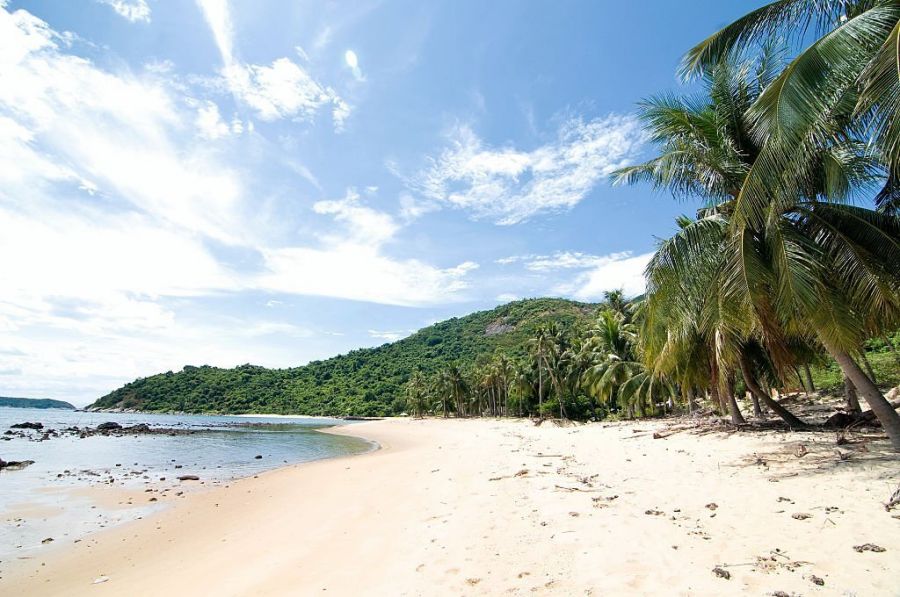
- Location: Bai Tu Long Bay, Quang Ninh Province
- Best time to visit: April to October
Unlike the bustling crowds of nearby Halong Bay, Quan Lan invites you to explore beautiful beaches, charming fishing villages, and stunning natural landscapes at your own pace.
One of the highlights of the island is Minh Chau Beach, a breathtaking stretch of white sand that seems to go on forever. Its calm, clear water is perfect to swim in, and shady casuarina trees are great to relax under. Son Hao Beach feels more private with its striking rocky cliffs and clean, untouched dunes.
People can try different activities here, like riding motorbikes through the beautiful countryside, taking boats to explore limestone rocks around the area, or strolling along quiet beaches far from crowds. Especially, as you wander through traditional villages, don’t forget to try some of the freshest seafood in local eateries.
Final Thought
Shortly, the islands in Vietnam provide visitors with beauty, culture, and unforgettable adventures. Turquoise waters surround Phu Quoc, Ly Son shows off rocky volcanic cliffs, and Nam Du offers a quiet charm. Every island gives a special experience to suit different kinds of travelers. If you are planning to visit any islands in Vietnam, find one that matches. More easily, let SeniWorld make it for you and customize your trip for the best experience!


